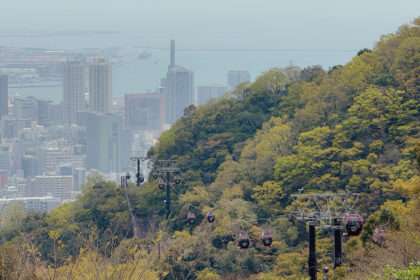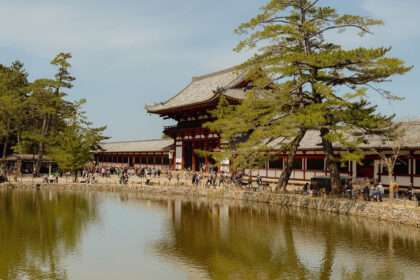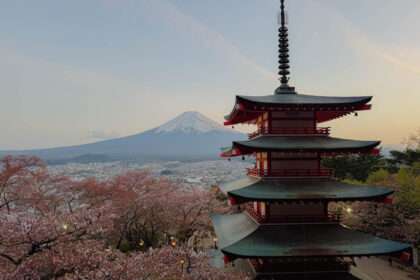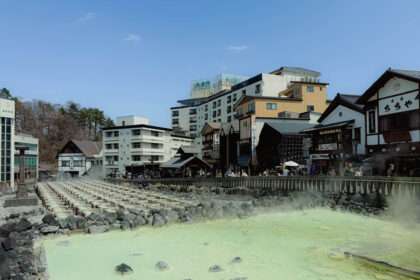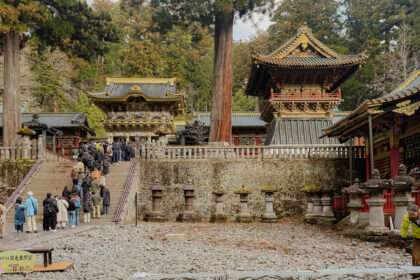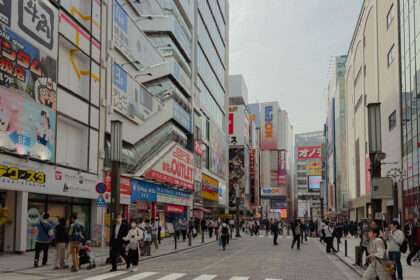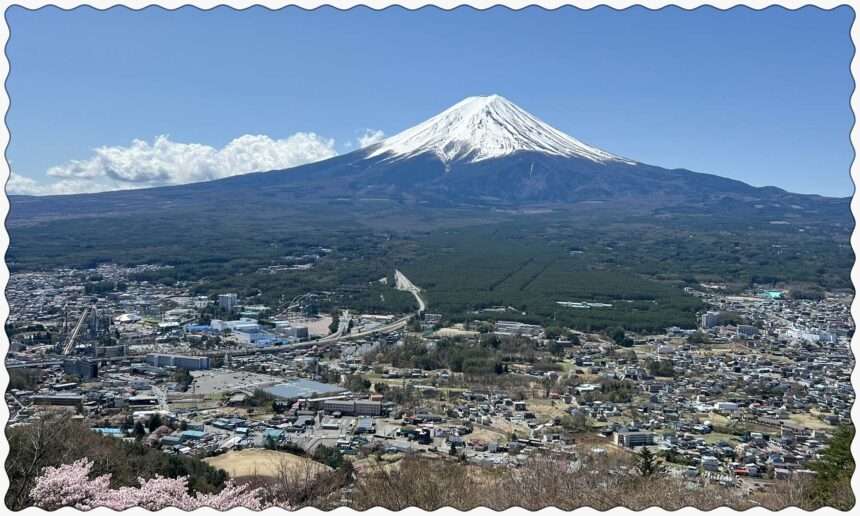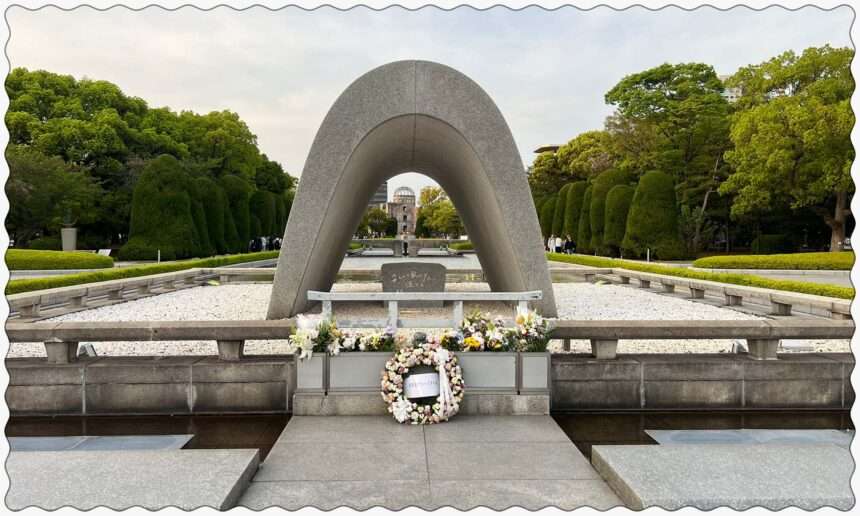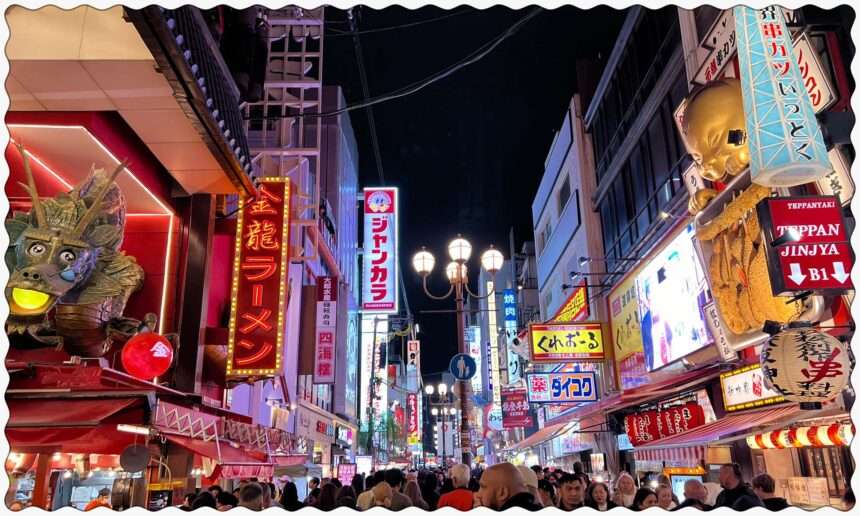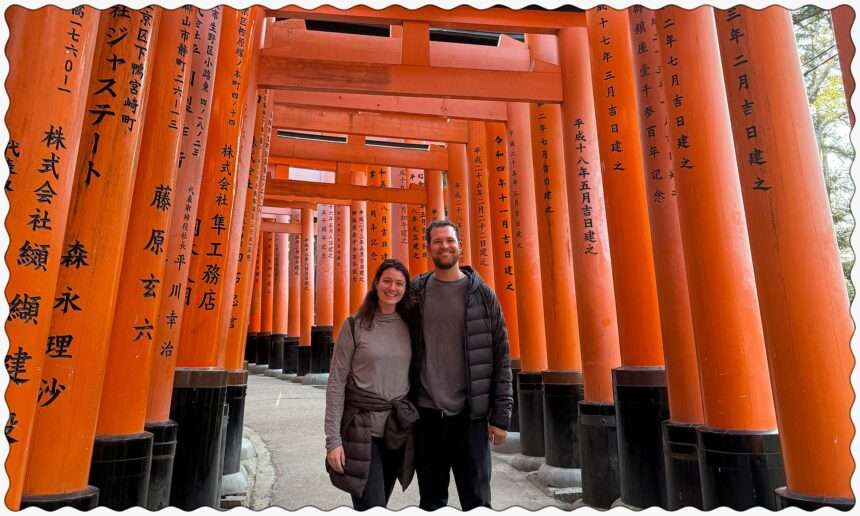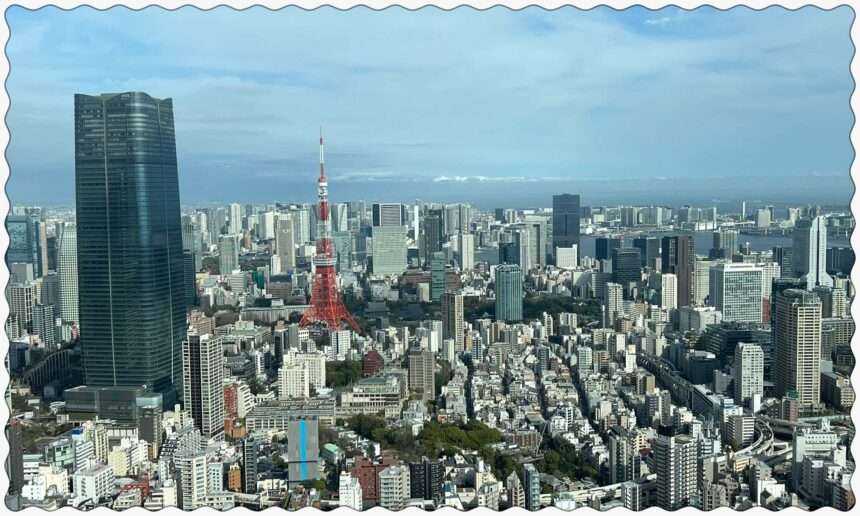Japan
Japan is culturally and geographically dense and rich, and unlike any other country in the world. From the cities to the landscapes to the distinct cuisine to the unique culture, it will all surprise and delight you and hopefully surpass your expectations.
Regions of Japan
Japan's Fast Facts
Language
Japanese
Capital City
Tokyo
Currency
Yen
Budget Range
$$
Find out what kind of visa you need here.
Know Before You Go to Japan
As we become more and more cash free in the United States, Argentina still sees cash as king. Cash is truly still widely used in Argentina. Some local establishments only accept cash. Others give you a slight discount if you pay with cash, essentially removing the card fees that they usually have to pay when processing cards. Finally, tipping is always done with cash, so we would recommend having some on you if possible.
This comes after decades of financial instability and government and banking distrust. Prior to the current political administration (inaugurated in October 2023), the Argentine currency was propped up by the government, causing an immense amount of inflation and the requirement for people to exchange their pesos into U.S. dollars to maintain the value of their earnings. You may have heard about the need to bring crisp $100 bills to Argentina and to exchange them on Florida Street and the Blue Market (an underground currency exchange market that exchanged currency at market rate when the government was propping up the local currency) or needing to wire money to a Western Union.
Because the government has stopped propping up the Argentine peso, it is can currently be extracted from bank ATMs at a very similar rate to that on the Blue Market. However, the withdrawal limit at most ATMs is incredibly low and should only be used in an emergency. So what should you do?
- Bring your currency in large bills, preferably in dollars or euros, that you can exchange on a Blue Market, which can be found in most tourist destinations
- Have a travel credit card that you can use internationally so you can still purchase things upon arrival. You should still exchange cash when you can because some of the best food can only be purchased with cash (and all tipping happens with cash)
Something that you will see people carry and share with friends is the mate drink. This is an herbal drink that is integral to local culture and interpersonal relationships. It is often shared amongst friends and colleagues throughout conversations. You will often see people in parks or on benches sharing the drink out of the same gourd-like cup and metal straw.
Because it is a social drink, if you are talking to someone in a social setting who is drinking mate, they may offer it to you. If you accept, they will fill the cup with the yerba mate leaves and add hot water to it. When it is ready to be drunk, they will hand it to you to drink all the liquid from the straw. It is not polite to not finish the full cup of liquid! Also, avoid moving around the straw as it is typically placed in a particular way to best enjoy the drink. When you are done drinking all the liquid, you then hand it back to the person pouring the water and they will add more water and hand it to the next person to drink. (You can always refuse the mate drink and it will not be seen as impolite!)
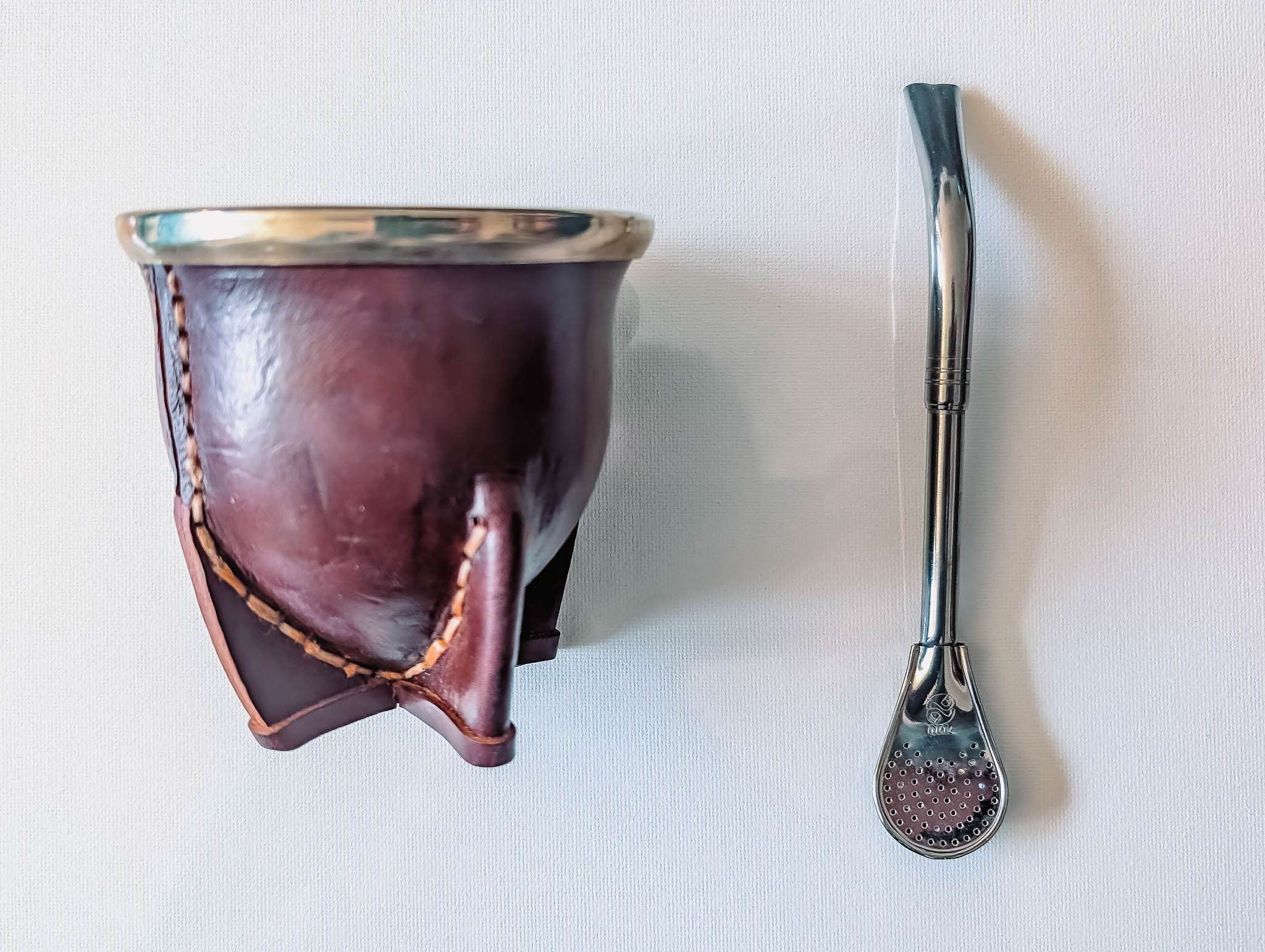
With how large the country of Argentina is, there is so much regional diversity that ranges in the landscapes and local cultures you will find. The following are just some examples of the regional diversity that you can find:
- Buenos Aires – urban city that combines a local culture with European architecture for a unique flair unlike anywhere else in the world
- Southern Patagonia Region – an area full of rugged mountains, glaciers, and landscapes
- Northern Patagonia Region – a place that is full of forests, lakes, and European-esque moutain villages
- Mendoza – an area known for its world-class wine with full of expansive vineyards and delicious restaurants within a valley
- Salta and Jujuy areas – located at much higher elevations with colorful mountains and a culture that is tied to the indigenous people of the region
- Miciones and the Iguazu Falls – a tropical environment with one of the largest waterfall systems in the world that will leave you in awe
So where should you visit?
The main meal periods in Argentina are the following:
Breakfast (desayuno): until 10 AM and typically involves coffee and a small pastry
Lunch (almuerzo): 12 – 3 PM and tends to be the largest or heaviest meal of the day
Afternoon snack (merienda): around 5 PM and people usually eat a small pastry or a sweet treat
Dinner (cena): starts around 9 PM although many restaurants don’t start filling up until 10 PM. If you are going to a social event after dinner, do not be surprised if it starts after 11 PM.
Top Destinations in Japan
Walking
Urban exploration
Wine Tasting
Road Trip
Hiking
Culture
amazing nature
Buenos Aires
Walking
Urban
Wine
Southern Patagonia
Walking
Beach
Beach
Northern Patagonia
Walking
Road Trip
Hiking
Hiking
Mendoza
Culture
Hiking
Jujuy Region
beach
snorkeling
snorkeling
Iguazu Falls
Walking
Walking
Itineraries to Help You Plan Your Trip to Japan
All Japan Travel Guides + Articles
How to Maximize a Kobe Day Trip: the Top Things to Do
All the different things to do during a Kobe day trip to best explore the city, visit some Sake distilleries, eat delicious food, and more.
Best Nara Day Trip from Kyoto or Osaka With the Top Things to Do
All the things to do during a Nara day trip from Kyoto or Osaka to discover the history and temples of Japan's first permanent capital.
The Perfect Day Trip to Mount Fuji from Tokyo: All You Need to Know
How to best visit Fujikowaguchiko for the perfect day trip to Mount Fuji from Tokyo or an overnight trip to this iconic destination.
Kusatsu: the Best Onsen Town in Japan and How to Get There from Tokyo
What to do in Kusatsu, the best onsen town in Japan, and how to get to this mountain village from Tokyo by train and bus.
Taking a Day Trip to Nikko? Here’s What You Need to See
A break down of the various shrines and temples to visit during a day trip to Nikko and some background on how to visit without a tour group.
The Best 5 Day Tokyo Itinerary for An Introduction to the City
A 5 day Tokyo itinerary that highlights the top things to do and neighborhoods to explore throughout the year, even cherry blossom season.
How to Maximize a Kobe Day Trip: the Top Things to Do
All the different things to do during a Kobe day trip to best explore the city, visit some Sake distilleries, eat delicious food, and more.
Best Nara Day Trip from Kyoto or Osaka With the Top Things to Do
All the things to do during a Nara day trip from Kyoto or Osaka to discover the history and temples of Japan's first permanent capital.
The Perfect Day Trip to Mount Fuji from Tokyo: All You Need to Know
How to best visit Fujikowaguchiko for the perfect day trip to Mount Fuji from Tokyo or an overnight trip to this iconic destination.
Kusatsu: the Best Onsen Town in Japan and How to Get There from Tokyo
What to do in Kusatsu, the best onsen town in Japan, and how to get to this mountain village from Tokyo by train and bus.
Taking a Day Trip to Nikko? Here’s What You Need to See
A break down of the various shrines and temples to visit during a day trip to Nikko and some background on how to visit without a tour group.
The Best 5 Day Tokyo Itinerary for An Introduction to the City
A 5 day Tokyo itinerary that highlights the top things to do and neighborhoods to explore throughout the year, even cherry blossom season.

